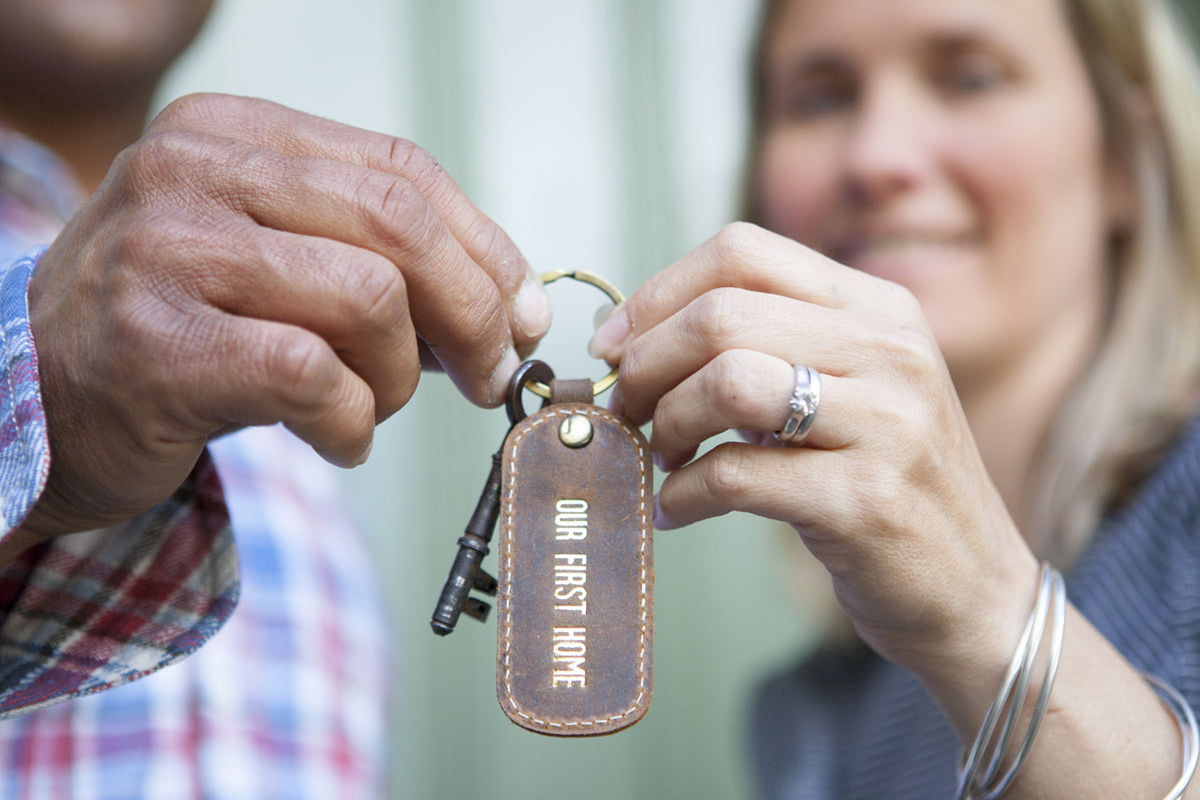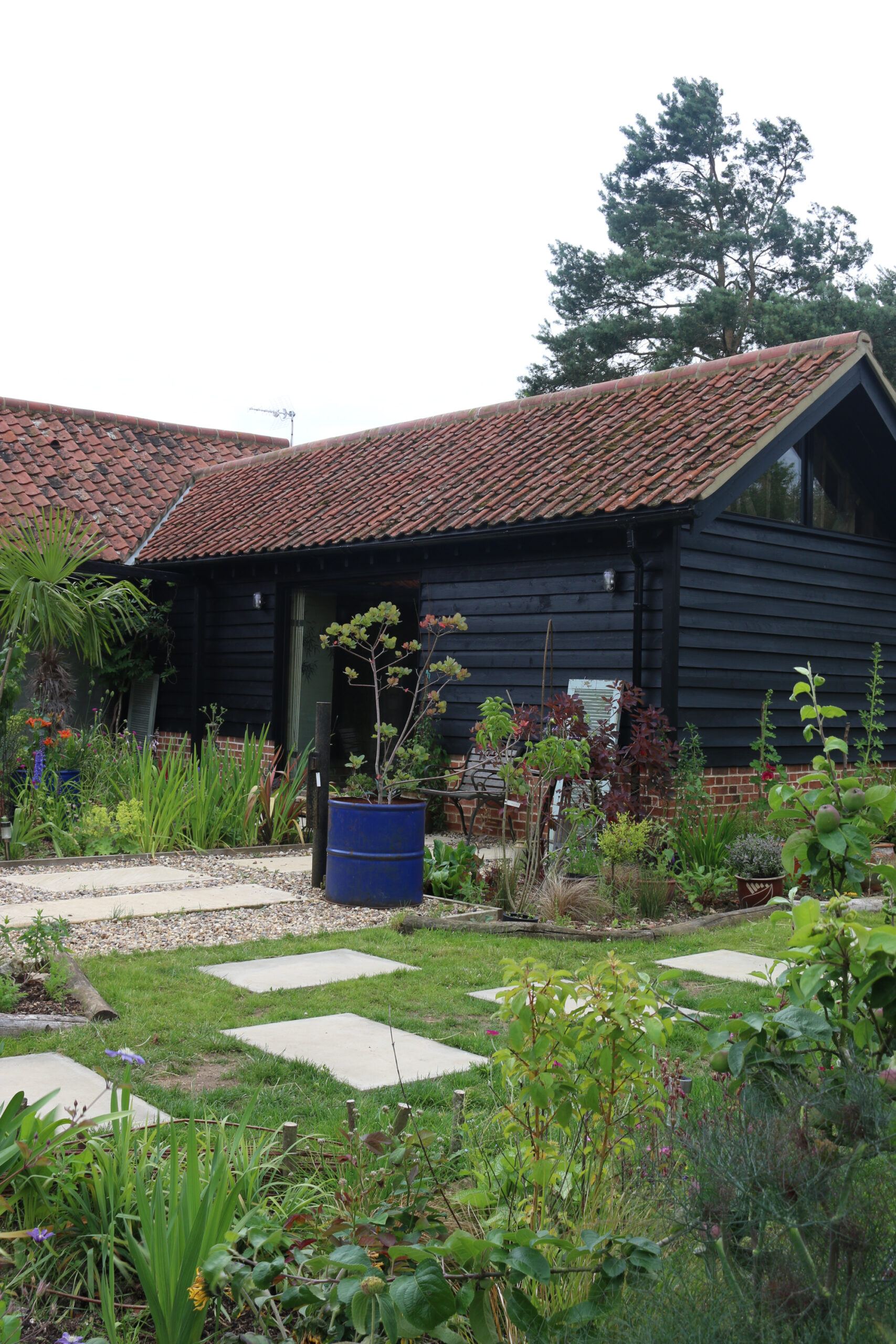Although I’m a keen DIYer, home renovations are not the same as home repairs, so it’s certainly something that needs a little more planning than simply getting out your toolbox! Renovations are intended to change the layout or character of a house, whereas home repairs simply restore things to working order or repair damage. However, both renovations and repairs can be done by do-it-yourselfers so here’s a rough guide to home renovations for my fellow DIY enthusiasts…
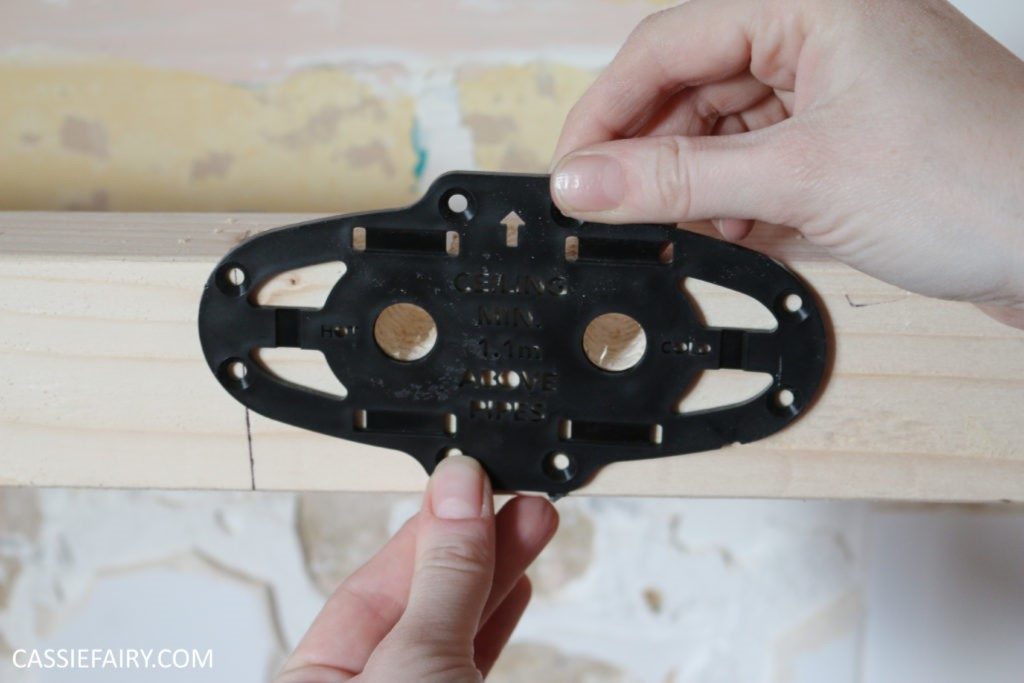
HAVE A PLAN
I know I probably shouldn’t need to say this, but you need to have a plan before you start buying hardware, or worse yet, knocking down walls! What are you going to change? Anything you’re going to remove? What will you replace it with? You need to find out whether you need any permits before you rip something out.
If you don’t have the right permissions first, you may be forced to rip it all out or hire a pro to redo it. This will help you to understand when you may need to ask a professional for help since you cannot legally run new water pipes or install new electrical outlets on your own. Likewise, tasks like basement waterproofing to create a new subterranean room will require specialist help.
Plus, knowing exactly what DIY activities you will be doing helps you to draw up a parts and materials list before you start. This allows you research suppliers and to price up items you’ll need such as MDF boards, tiles, plaster, specialist tools, paint etc and that will help to determine how much the project will cost as a whole.
CONSIDER ALL THE OPTIONS
Even though you might be up for tackling a big project, there’s no need to completely rip everything out and start again. For example, don’t assume you’ll have to buy all new units for you kitchen if refinishing may allow you to change the way the kitchen looks without spending a fortune or having to rip out the existing worktops. Research options for reusing materials, like recycling your floorboards into shelving, and find out whether you can use second-hand materials to cut costs – such as turning scaffold boards into a table. Likewise when you’re decorating your home, don’t rush into buying all new chairs and couches, when you may find the best sectional sofa on the market replaces multiple pieces of furniture.

CREATE A BUDGET
It’s important to set a budget for the project. How much money is it going to take to buy materials? And don’t forget the cost of sending debris to the dump or hiring a skip. If you’re going to tackle a bigger project, like turning a basement into a living room or converting an outbuilding into a utility room, what will it cost for planning permission or building permit? How much does a plumber charge to install new water lines or for an electrician to run power lines? What will it cost to rent power tools, if that’s necessary? Add up the price of items on your parts list too. All these expenses will give you a rough budget and then you should add another 20% as a contingency to cover the cost of any mistakes or when you find out that the kitchen skink you really want costs more than you initially planned. If you don’t have the money to pay for what you want, you might need to wait and save up.
BUILD A TIMELINE
A project timeline is a good idea even for small projects. When will you buy the necessary hardware? And when will you do work? If it is necessary to secure a permit, you’ll need that permission before you begin work. Then you’ll also know when to arrange for any inspections to be done. Many homeowners need to plan the project so that they can work on it in stages on their days off, during holidays or over the weekend. Once you have a timeline, you will also have a good idea as to when you should have arrange for professional contractors come in to do their part, so the project won’t be held up by waiting for the trades to arrive.
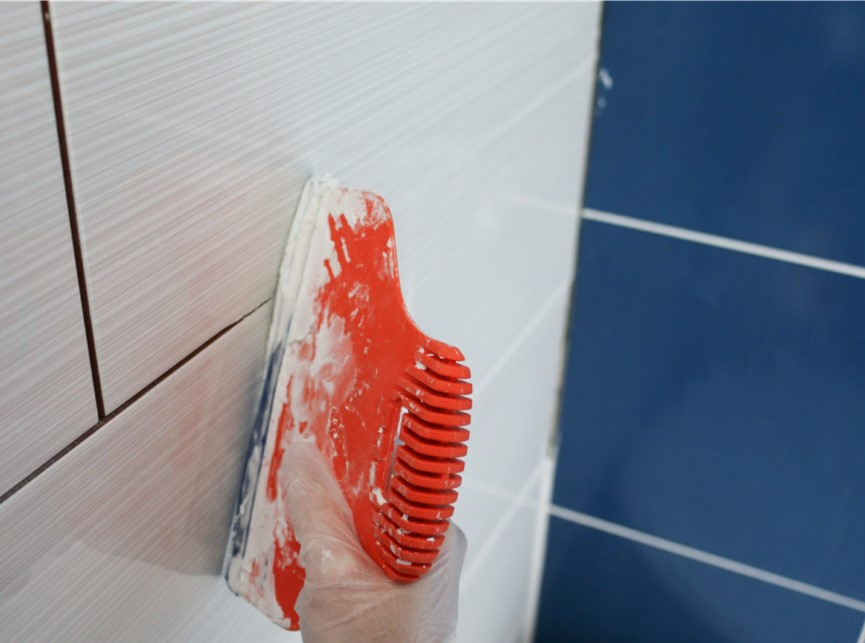
GET TO WORK
They say that planning is half the effort and all that planning pays off when you start buying materials and beginning work according to your schedule. That’s when you can really start to enjoy the project and feel the satisfaction of bringing your plans to life. Set a start and end date and get to work!
Let me know your tips for planning a DIY project in the comments below and I’d love to hear if you have any experiences or advice that you’d like to share about your own home renovation project 🙂
PIN IT FOR LATER
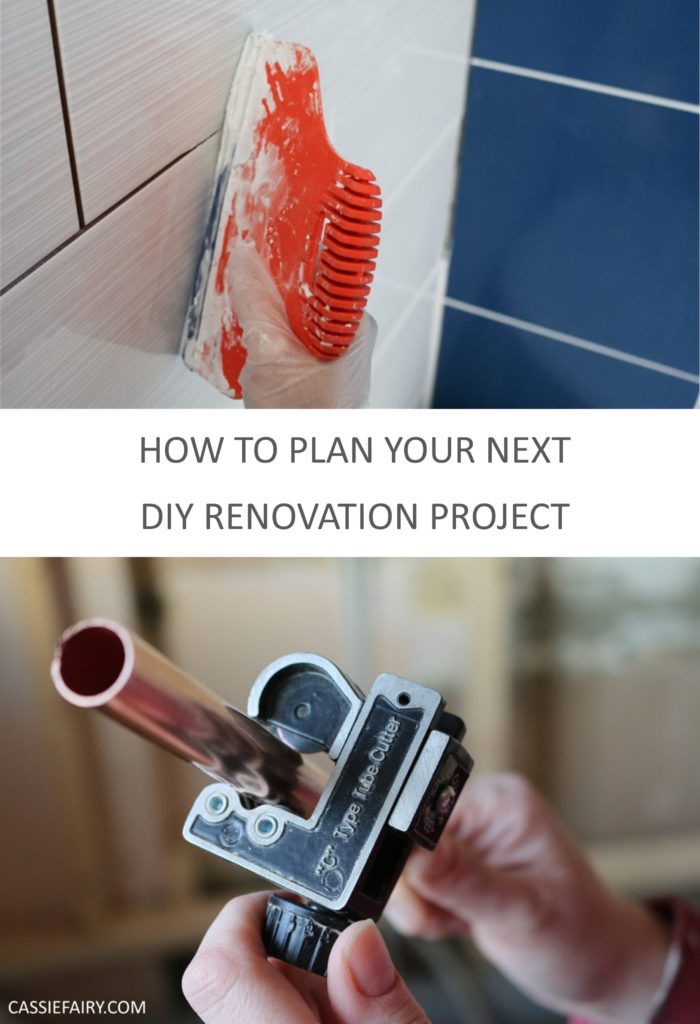
This blog post is an advertisement feature that has been written in collaboration with a sponsor. The pink links in this post indicate a sponsored link 🙂



















